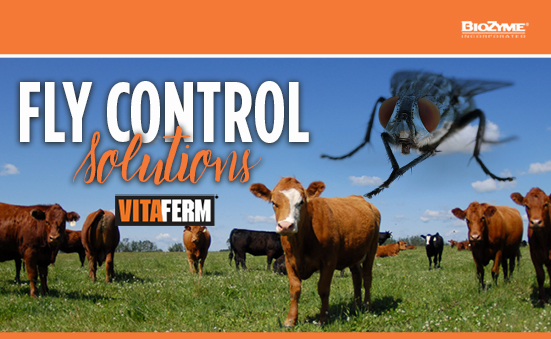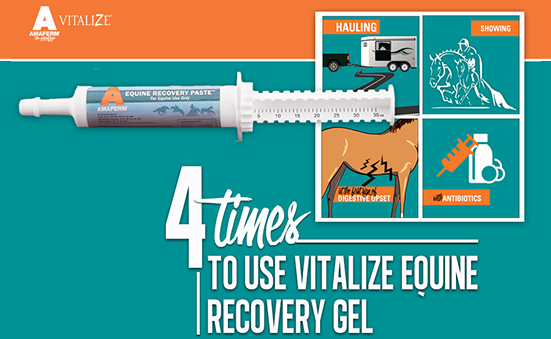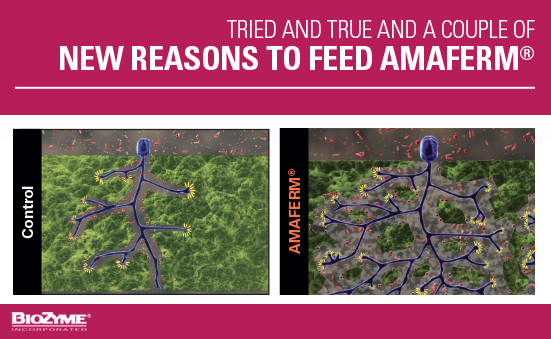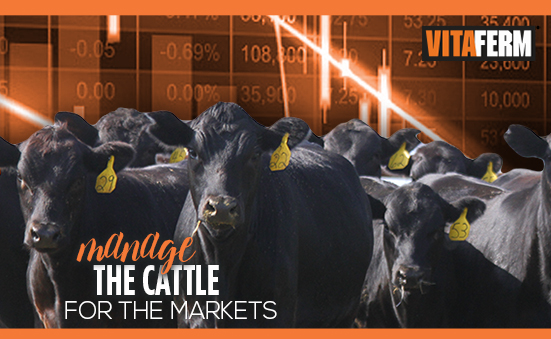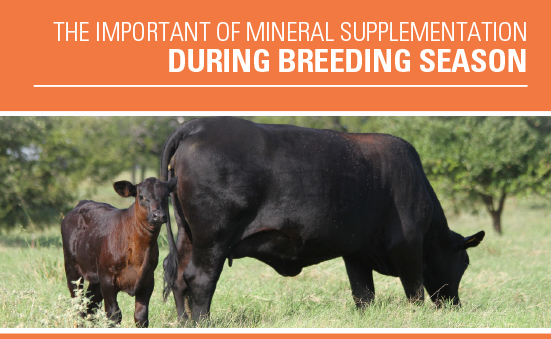Before, during and after stress there are transition periods. Things may seem normal and smooth sailing, but we all know that gradual or sudden changes are going to occur that will challenge an animal’s health and/or performance. And, after the challenge there is a period of recovery that we need to manage. Stress management can be summed up as two P’s and an R: Prediction, Prevention, and Recovery.
Prediction
If you know stress is coming, your management system should try to reduce or eliminate its effects ahead of time. An example of predicting a stress is knowing that you are going to transport, wean or work animals. If we know when animals will be moved, we can prepare not only the animals but also our equipment. Equipment should have a maintenance schedule. Changing oil, checking tires and filling with fuel are all items we should check off our “to do” list. And, we should have a “to do” list for our animals as well. Making sure they are well rested, well fed, comfortable and protected from injury will reduce stress.
Prevention
Feeding programs that take advantage of feeding Amaferm® daily will help animals combat stress, whether it is predicted or unexpected. Animals that have been supplied a balanced diet have the building blocks available to grow, mount an immune response and have the best chances of meeting any stress challenge that can come their way.
Amaferm has several key impacts on animal nutrition. First, it influences INTAKE. Healthy, stress-free animals eat and drink normal amounts at regular intervals. One of the first signs an animal is experiencing stress is they go “off feed” and change their eating patterns and reduce their intakes. Amaferm has been shown to modulate feed intake and increase water intake which will stabilize and increase the efficiency of the GI tract. Amaferm will also improve DIGESTIBILITY. When diets are being efficiently broken down into nutrients, the health of the animal shines through with outward signs of thrift and well-being. Animals properly digesting their food have shiny hair coats, bright eyes, show signs of happiness and display vigor. Finally, Amaferm assists with nutrient ABSORPTION. Nutrients are only effective when they are absorbed and transported throughout the body. These three items: intake, digestibility and absorption make Amaferm one of the most beneficial components of an animals diet.
All BioZyme products contain Amaferm and aid in stress prevention when used as part of daily feeding program. The Sure Champ® line of products is ideal for helping exhibitors develop a stress preventive program through proper nutrition. Climate Control® is one of BioZyme®’s newest commitments to aid in heat stress prevention. VitaFerm® Concept•Aid® and HEAT® minerals help cow-calf operations prevent and prepare their herds to reach performance goals and take optimum advantage of their feed resources. The Gain Smart® mineral line is ideal for growing and keeping young cattle healthy.
Recovery
Recovery management after a stress event is also a very important part of animal care giving. Stimulating the gut’s microflora make animals stronger, healthier, and ready to perform at their best. That is the number one reason why implementing recovery programs as quickly as possible are vital to the animal. BioZyme has developed a full line of Vita Charge® products specifically for stress recovery. Using Vita Charge products as quickly as possible after the stress will shorten the time it takes for the animals to get back to normal. Our newest product in this line, Vita Charge® Neonatal, designed for young calves, is being used by operations to grow stronger, healthier animals.
The mission of BioZyme focuses on making animals perform at their best. Using Amaferm is one of the easiest and most cost-effective management decisions producers can invest in to help their animals recover from stress.



